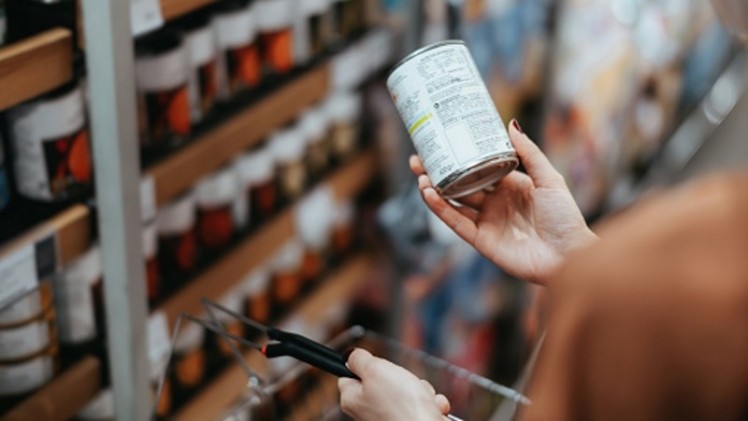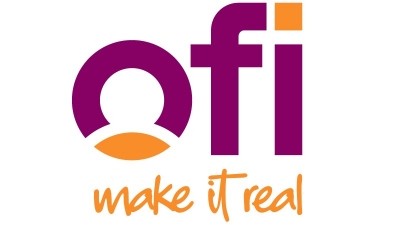Got your back: APAC consumers increasingly turning to ingredient lists first - ofi

The term ‘clean label’ does not as yet have a fixed regulatory-defined term, but is widely considered within the food and beverage sector to refer to a food product label that does not contain ingredients that consumers may consider confusing, undesirable or non-understandable, usually avoiding food additives such as chemical colourants, flavours or preservatives.
According to global food major Olam's food ingredients arm ofi (previously known as Olam Food Ingredients), the importance of clean labels on packaging may soon become even more important than the packaging design itself.
“There is a definite rise in the trend of clean label here in APAC, with many consumers and brands demanding this – research such as that by FMCG Gurus has already shown that clean label is one of the top 10 food trends in Asia, and that some 80% of consumers are receptive to this even if they aren’t 100% sure what clean label is,” ofi Vice President of Innovation Dr J.I.X. Antony told FoodNavigator-Asia.
“What we are also seeing is that consumers in Asia are not looking so much at front-of-pack labelling when it comes to making purchasing decisions, especially in places like Singapore and India, but instead are turning the package and looking at the back-of-pack ingredients list, which is where the clean label comes in.
“This actually takes place even before they look at the claims that the brand is making – they first check whether there is anything they consider confusing like E-numbers or weird chemical names, then only will they look at whether a product is high in protein or anything else like that.”
But alongside this development is also a concurrent increase in demand for visually appealing foods and beverages, demanded in particular by the newer generation of consumers.
“These younger consumers may sometimes even look for the appearance of a product before the taste as they want to put it on Instagram or other social media,” said Dr Antony.
“One example we are clearly seeing is with the colour black, which is making a resurgence. Food products like black noodle blocks and black beverages are becoming very popular for their colouring, and these younger consumers are enthusiastic about sharing these online, yet this group is also very health conscious and looking for cleaner ingredient lists.
“So there is a dilemma here - conventional black colouration in foods requires a mix of blue, yellow and red to get black, and that of course carries an E-number; whereas the newer more natural way is to use charcoal to introduce that black colour – this also has the supposed added benefit of absorbing toxins, but in fact it also takes out micronutrients, so is not an optimal solution and also has regulatory concerns in some places.
“Given the popularity of black food and beverage products, we saw the need for a new natural black food colourant and developed what we call TrueDark, which is made with natural black cocoa and is a near-neutral pH that can give a deep black colour without any E-numbers, plus cocoa is already accepted regulatorily as a food ingredient.
“One major important use of TrueDark is in chocolate or confectionery, as it enables brands to get that rich colour without using what is called ‘dutching’ or processing with alkali, thus creating clean label products.”
Developments over the past few years have also enabled natural colourants to be created for various other colours – paprika is used for red colouring, turmeric or saffron for yellow and orange, and many more.
Beyond colour
Clean label involves more than just colouration, as most of the time products also require other aspects such as flavouring – which presents yet functionality issues without conventional chemical additives, another major challenge in creating clean label products.
“Functionality is definitely another big issue when making products with only clean label ingredients – for instance, products that contain fats may need to be stabilized with antioxidants, and conventionally this would require another E-number to be added,” said Dr Antony.
“Now, we know that it is possible to bring in natural stabilisers via natural antioxidants and flavonoids found in cocoa and spices – cocoa is rich in polyphenols and spices like turmeric are rich in things like curcumin, which can act as natural stabilisers.
“This is particularly important in the bakery sector, where products could have some 20% to 25% fat content and require such ingredients to improve shelf life yet also maintain their clean label ingredients list.”
Other such functionality challenges could include creating gluten-free products to which the clean label solution could be to use nut flours to replace artificial thickeners and binders; or reducing sugar content without using artificial sweeteners, to which the solution could be to use spices like cinnamon.



















